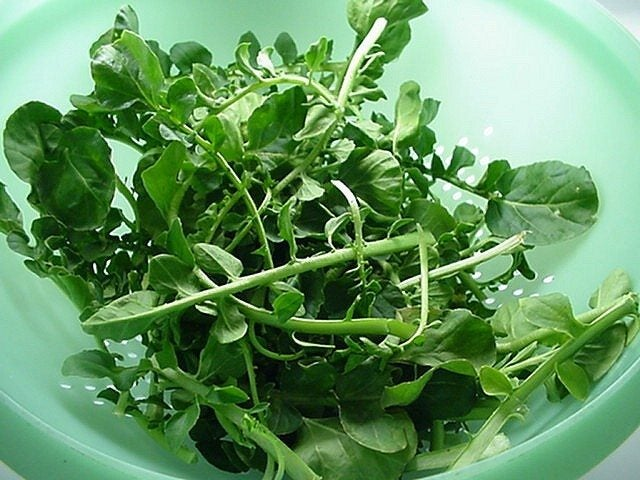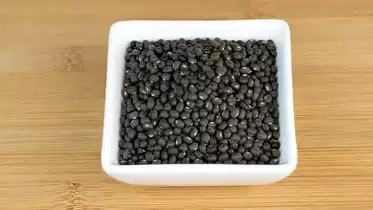Are you curious about the vibrant world of vegetables that begin with the letter U? From unique varieties to surprising health benefits, these lesser-known greens and roots add flavor and diversity to your meals. Join us as we explore some fascinating vegetables that start with U and discover new ingredients to elevate your culinary adventures!
1. Ube

Ube is a vibrant purple yam from the Philippines. It has a sweet taste and moist texture, often used in desserts like cakes and ice creams. It can also be cooked as a vegetable side dish.
Nutritional Benefits:
- Calories: about 140 per 100g
- Rich in vitamins C and E
- Good source of fiber
- Contains antioxidants that support immune health
How to Eat or Use It: Great in desserts, mashed as a side, or added to smoothies for a sweet flavor. Sometimes dried for snacks.
Diet Compatibility: Suitable for vegetarian diets; naturally gluten-free.
2. Ulluco

Ulluco is a colorful root vegetable from South America. It has a slightly earthy flavor and a crunchy texture, making it a fun addition to various dishes. It’s often boiled or roasted.
Nutritional Benefits:
- Calories: around 70 per 100g
- High in vitamin C
- Provides dietary fiber
- Contains antioxidants that may reduce inflammation
How to Eat or Use It: Best enjoyed boiled, roasted, or added to salads for crunch.
Diet Compatibility: Low-calorie and vegetarian friendly.
3. Udupi Mattu Gulla Eggplant

This special eggplant from India features a unique taste and tender texture. It is often used in regional curries and stews, adding rich flavor to dishes.
Nutritional Benefits:
- Calories: about 25 per 100g
- Rich in dietary fiber and antioxidants
- Contains vitamins B1 and B6
How to Eat or Use It: Perfect in Indian curries, stir-fries, or grilled.
Diet Compatibility: Suitable for vegetarian and vegan diets.
4. Umbrella Squash

Also called pattypan squash, this summer vegetable has a unique shape like a flying saucer. It’s slightly sweet when young and cooks quickly, ideal for sautés and roasting.
Nutritional Benefits:
- Calories: about 20 per 100g
- Low in calories
- Rich in vitamins A and C
- Contains antioxidants supporting immune function
How to Eat or Use It: Enjoy sautéed, roasted, or stuffed for a tasty dish.
Diet Compatibility: Suitable for low-calorie and gluten-free diets.
5. Upland Cress

Upland cress is a leafy green vegetable with a peppery flavor. Its fresh leaves add zest to salads or can be sautéed for a spicy side dish. It’s easy to grow in gardens.
Nutritional Benefits:
- Calories: 11 per 100g
- High in vitamins C and K
- Good source of fiber
- Rich in antioxidants that may combat inflammation
How to Eat or Use It: Add raw to salads or lightly sauté as a side.
Diet Compatibility: Suitable for low-calorie, vegetarian diets.
6. Ukrainian Heart Tomato

This heart-shaped tomato from Ukraine is known for its sweet flavor and juicy texture. It’s perfect for salads, sandwiches, or as a fresh snack.
Nutritional Benefits:
- Calories: 18 per 100g
- Rich in vitamin C and lycopene
- Provides dietary fiber and antioxidants
How to Eat or Use It: Ideal in salads, sandwiches, or eaten raw as a snack.
Diet Compatibility: Good for vegetarian, vegan, and low-calorie diets.
7. Urad Beans

Urad beans, or black gram, are small black beans commonly used in Indian cooking. They are often soaked and cooked into dals or ground into flour for various dishes.
Nutritional Benefits:
- Calories: about 330 per 100g (cooked)
- High in protein and dietary fiber
- Rich in iron, magnesium, and B vitamins
How to Eat or Use It: Great in dals, sprouted for salads, or made into traditional Indian dishes.
Diet Compatibility: Suitable for vegetarian and vegan diets; gluten-free.

Jean Smith is a fitness enthusiast and blogger who focuses on fitness and a healthy lifestyle. She is passionate about assisting people in living healthier lifestyles and is constantly on the lookout for new and creative methods to stay fit and healthy. Her articles are excellent resources for anyone interested in improving their health and fitness.
